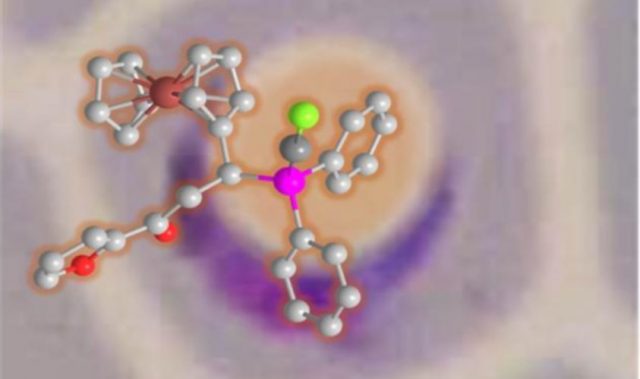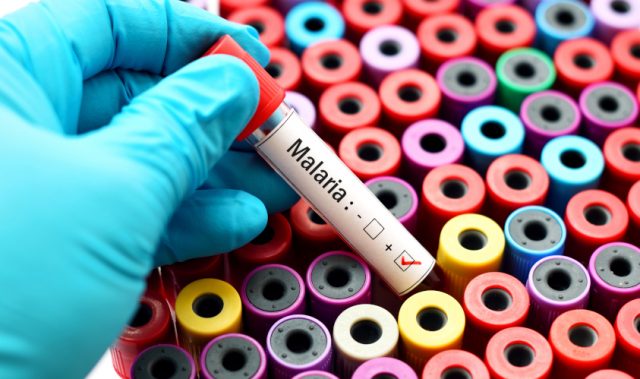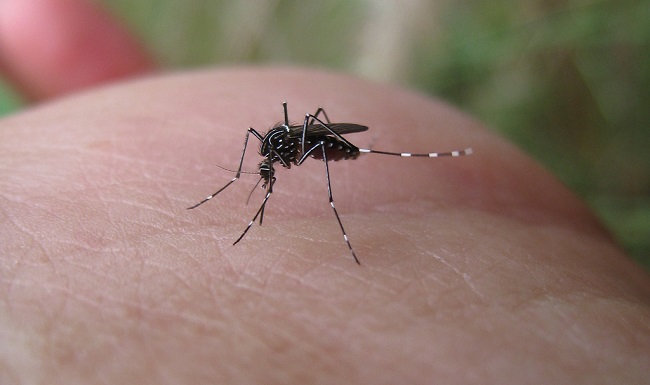
AsianScientist (Dec. 20, 2013) – Scientists from Singapore’s Nanyang Technological University (NTU) have discovered a key process during the invasion by the malaria parasite and a way to block it.
Professor Peter Preiser, chair of NTU’s School of Biological Sciences, said his team’s research study will be instrumental in paving the way towards eradicating malaria in the long run. The study was published recently in the journal Nature Communications.
According to the World Health Organization, about 3.3 billion people – half of the world’s population – are at risk of malaria. This mosquito-borne disease causes fever and headache and in serious cases, can cause a patient to go into a coma or result in death. The disease infected about 219 million people in 2010, and kills around 860,000 people worldwide annually.
If there can be a low-cost vaccine which is effective in rendering the parasite harmless, then millions of lives can be saved and this will also benefit the economy by millions of dollars each year, according to Professor Preiser.
“What we have identified is a region of the malaria parasite which it uses to attach to a healthy blood cell then pushes itself into the cell,” said Preisner. “To prevent this invasion, we developed antibodies which can interfere with this invasion process. So imagine the parasite has the key to unlock a door to the red blood cell, but we muck the key up, so no matter how hard the parasite tries, the door just refuses to open.”
Preiser’s research team spent five years on this study and the outcome was made possible with the development of a new screening assay that allows the rapid characterization of parasite signaling, which is significantly faster than conventional methods.
The newly invented technique utilizes a high-throughput fluorescence scanning approach – if antibodies or drugs fail to prevent the invasion of the red blood cell by the malaria parasites, the sample will light up. If the antibodies work, then the sample remains dark. This allows for rapid characterization of thousands of compounds as well as antibodies for their ability to interfere with the invasion process.
The NTU team will be using their new technique to identify other antibodies, which can target the different components of the malaria parasite, and potentially lead to future treatment and vaccine breakthroughs for the fatal malaria disease.
The article can be found at: Gao X et al. (2013) Triggers of key calcium signals during erythrocyte invasion by Plasmodium falciparum.
——
Source: Nanyang Technological University; Photo: Radio Okapi/Flickr/CC.
Disclaimer: This article does not necessarily reflect the views of AsianScientist or its staff.












